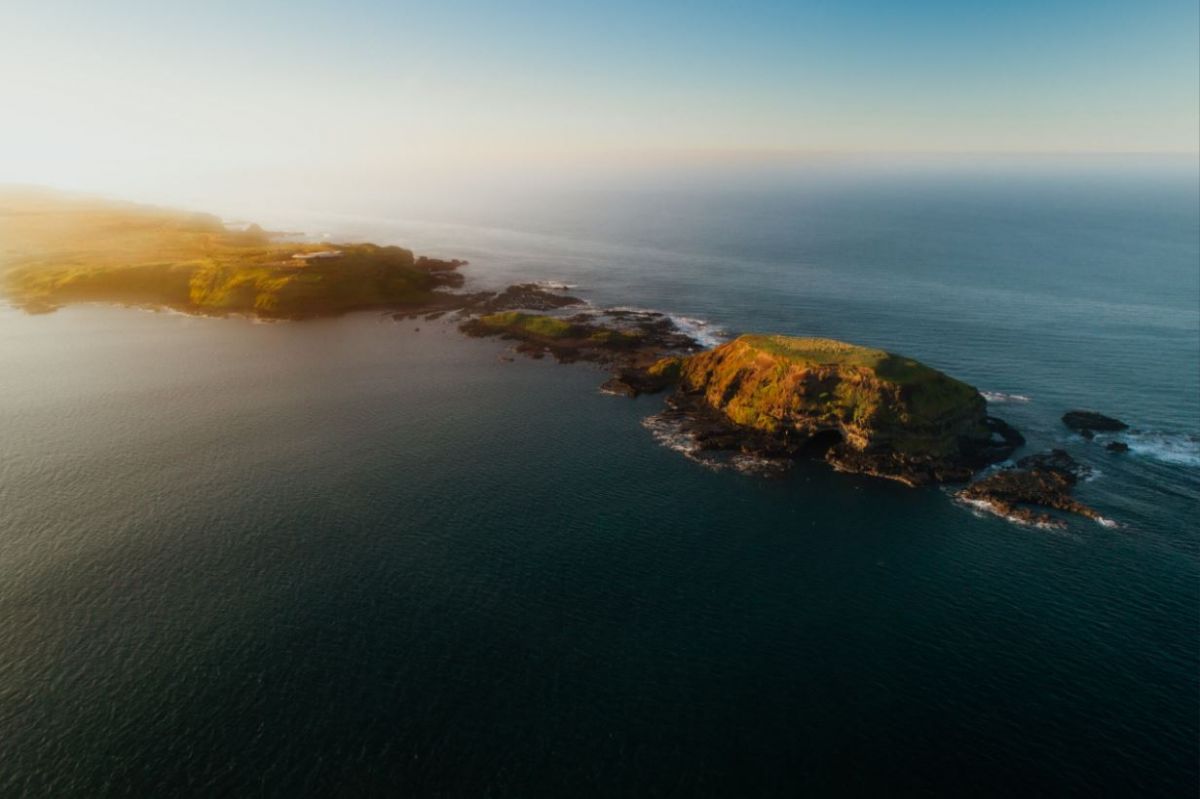
Aerial view of Phillip Island. Photo: Phillip Island Nature Parks.
Background
Phillip Island (Millowl) lies at the entrance to the bay of Western Port, approximately 140 km south east of Melbourne. It is known by its Traditional Owners, the Bunurong, as Millowl and forms part of the Kulin nation with a history dating back tens of thousands of years. Today the Island is a popular tourist destination, due to a range of nature-based experiences and attractions along with boating, fishing, sporting opportunities and national and international motor racing events.
Phillip Island (Millowl) is also home to many native wildlife which has become an important part of the community’s identity and economy. Wildlife experiences on the Island generate jobs and revenue and are a major attraction for visitors.
But, there are challenges with native wildlife and other land uses on the Island, such as:
- biodiversity conservation
- agriculture
- cultural values
- infrastructure
- amenity
- public safety
- animal welfare
Did you know?
In 2017, Phillip Island (Millowl) was declared fox-free after 25 years of extensive eradication programs coordinated by Phillip Island Nature Parks and the local community. With the addition of upgraded farming practices and improved pasture, the Island has become a safe haven for wildlife to thrive.
The aim
The Phillip Island (Millowl) Wildlife Plan (PDF, 2.6 MB) aims to achieve a sustainable population of native species that allows environmental, social, cultural, economic and farming activities to continue on the Island. This may be achieved with practices that:
- ensure the community values wildlife and contributes to its management
- improve animal welfare
- reduce the negative impacts of wildlife
- maintain a viable agricultural industry
- establish partnerships, including with the Bunurong people, to deliver effective wildlife management.
Collaborative partnerships
Implementation of the plan is a collaborative partnership delivered with:
- the Department of Energy, Environment and Climate Action
- Bass Coast Shire Council
- Phillip Island Nature Parks
- Bunurong Land Council Aboriginal Corporation
- Local farming landholders
- Local community.
All groups contribute to the project by bringing their own connections, knowledge and funding.
Page last updated: 14/07/25